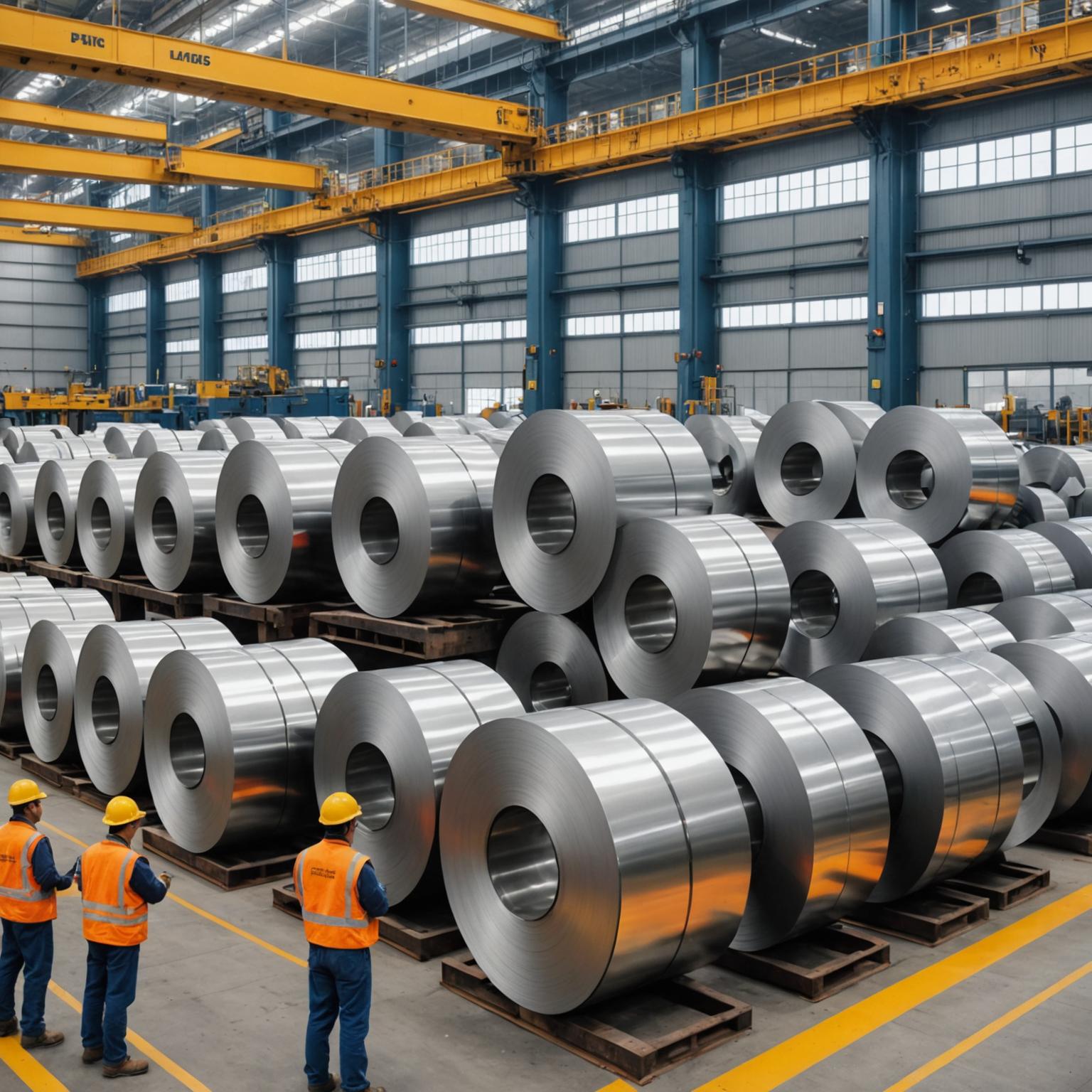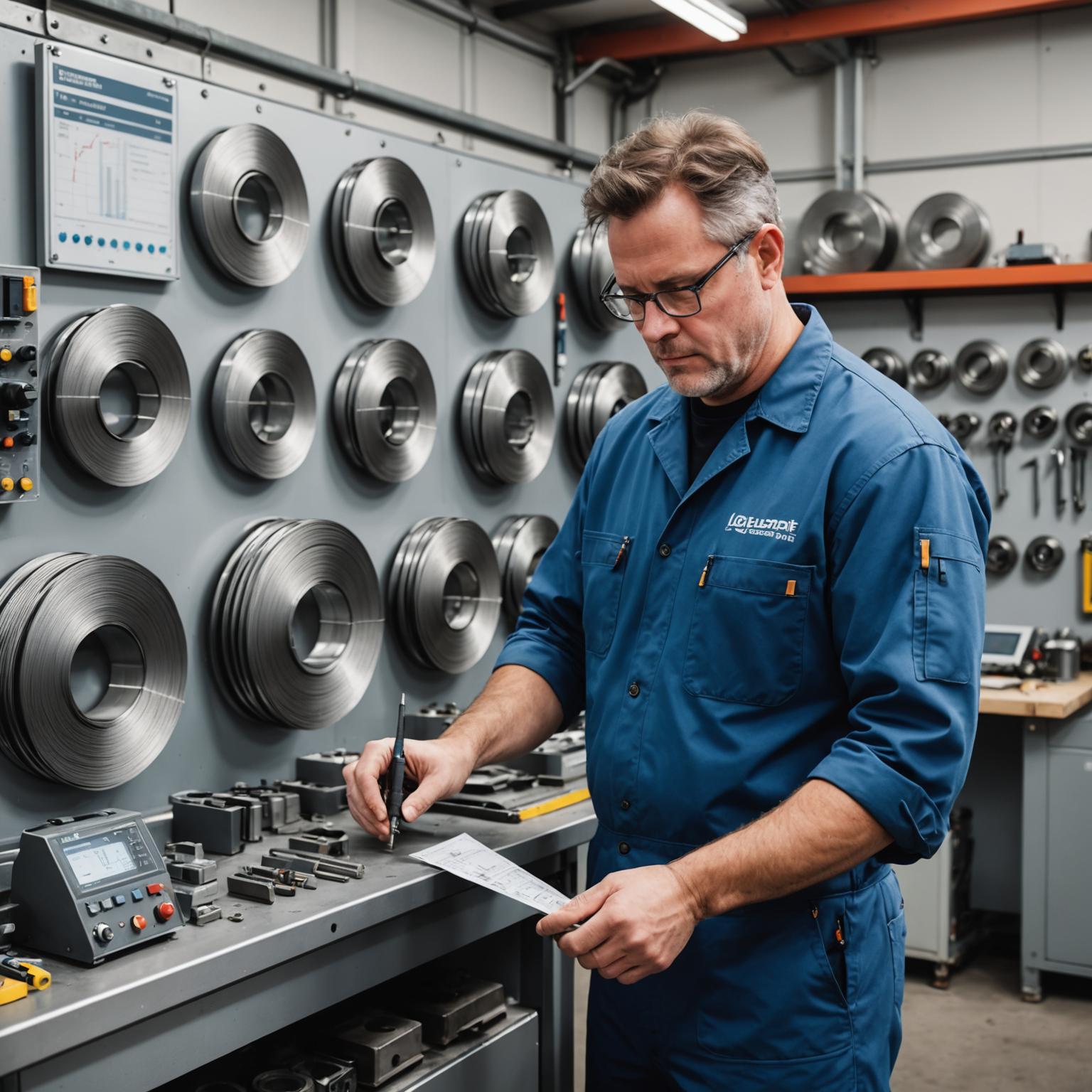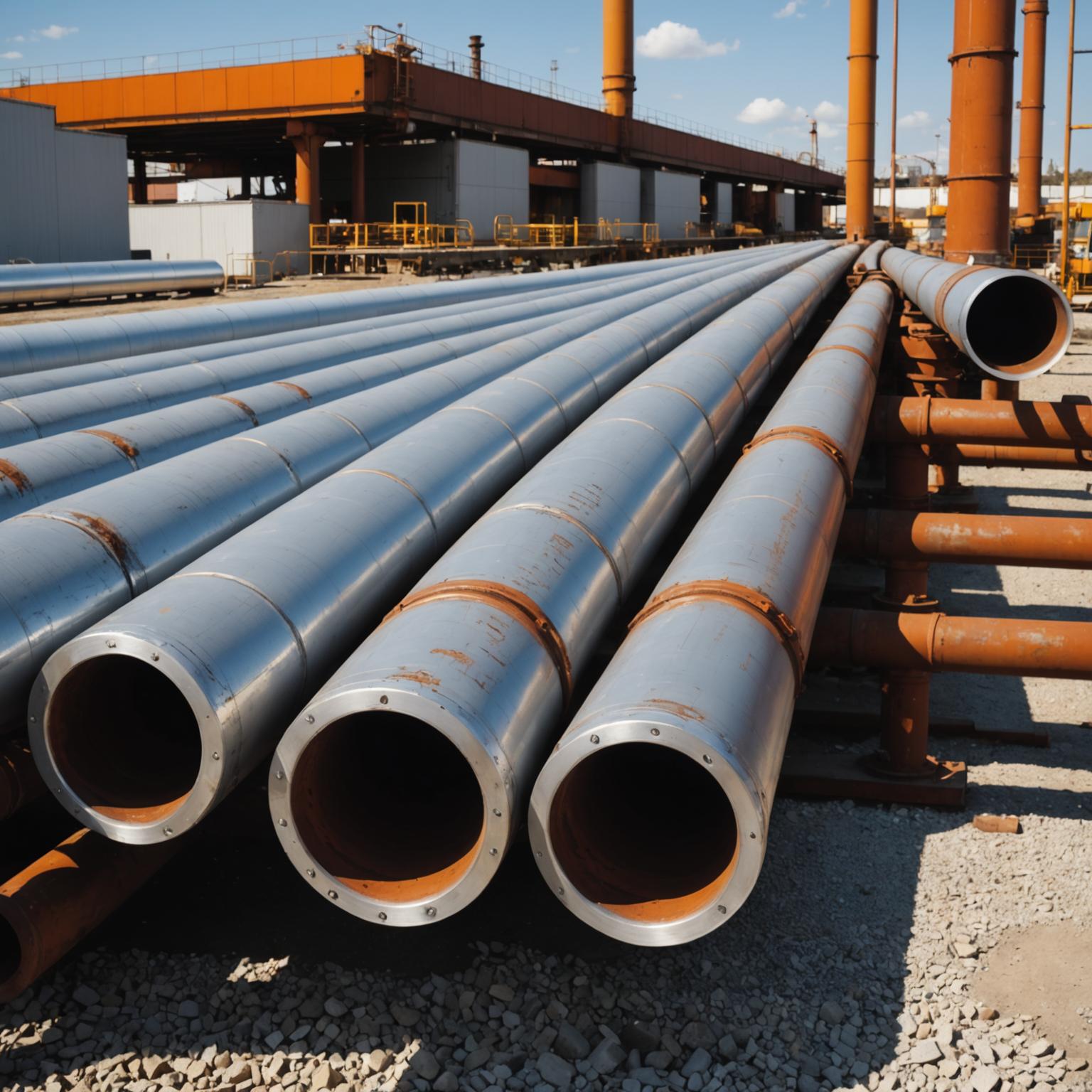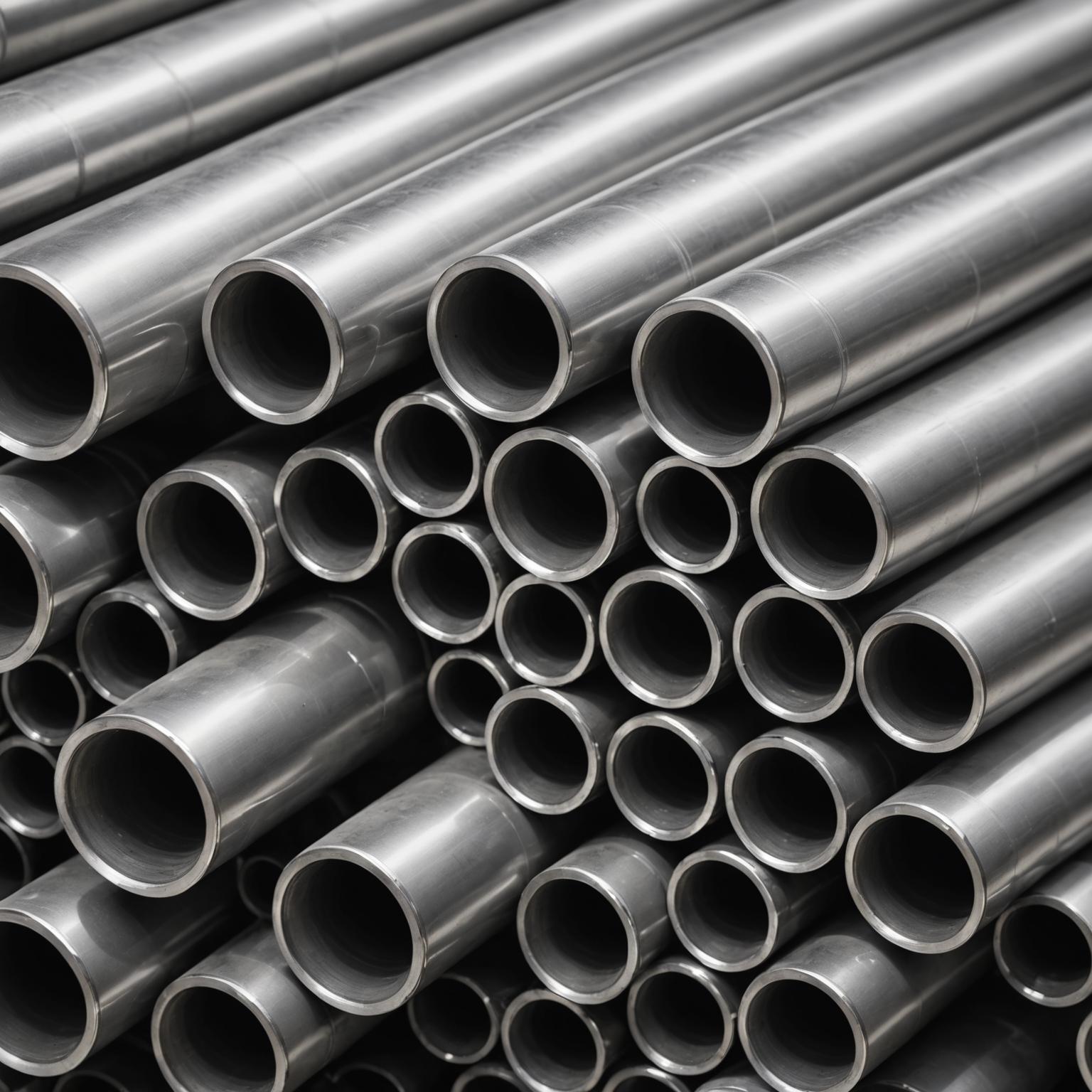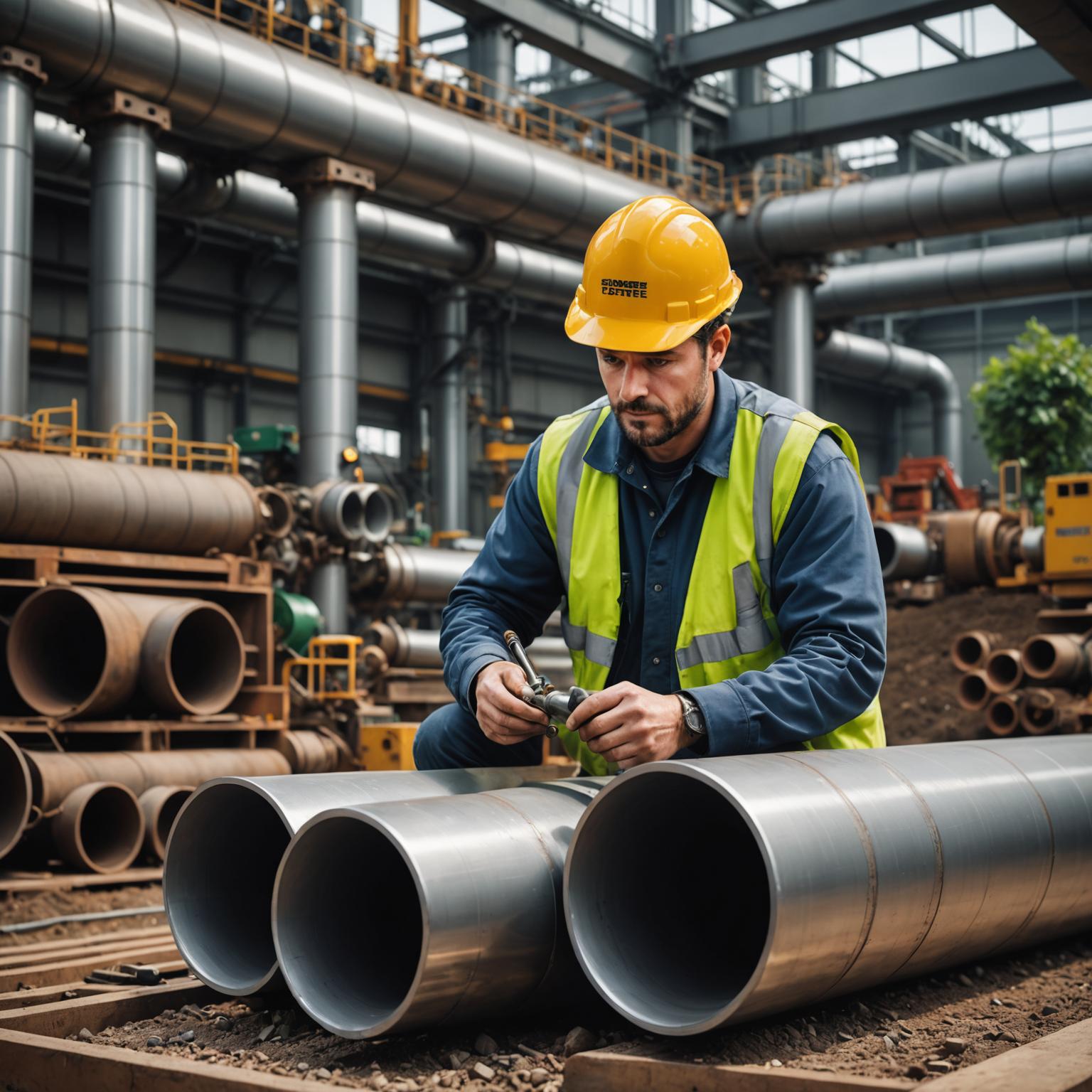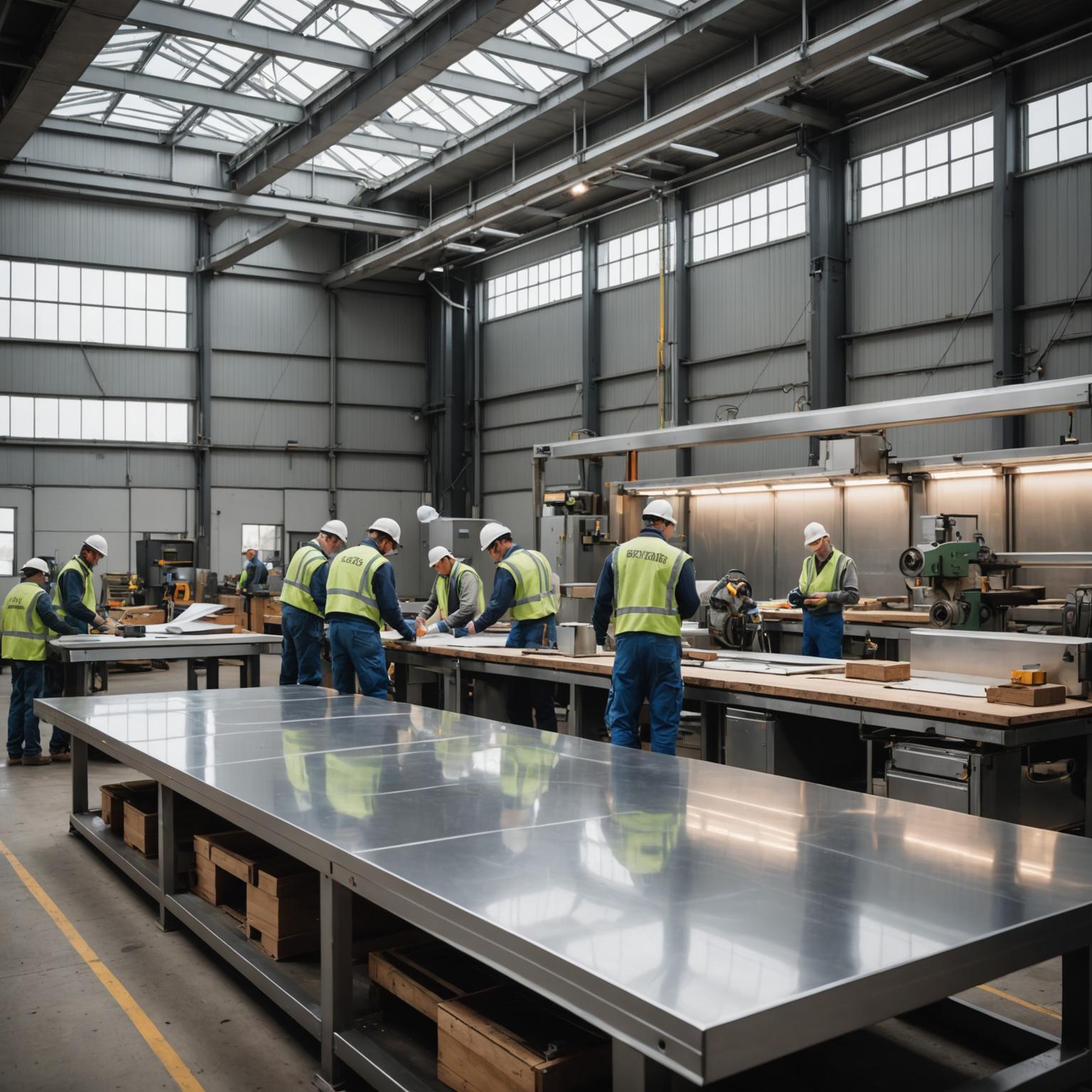Introduction to Medical Stainless Steel Sheets
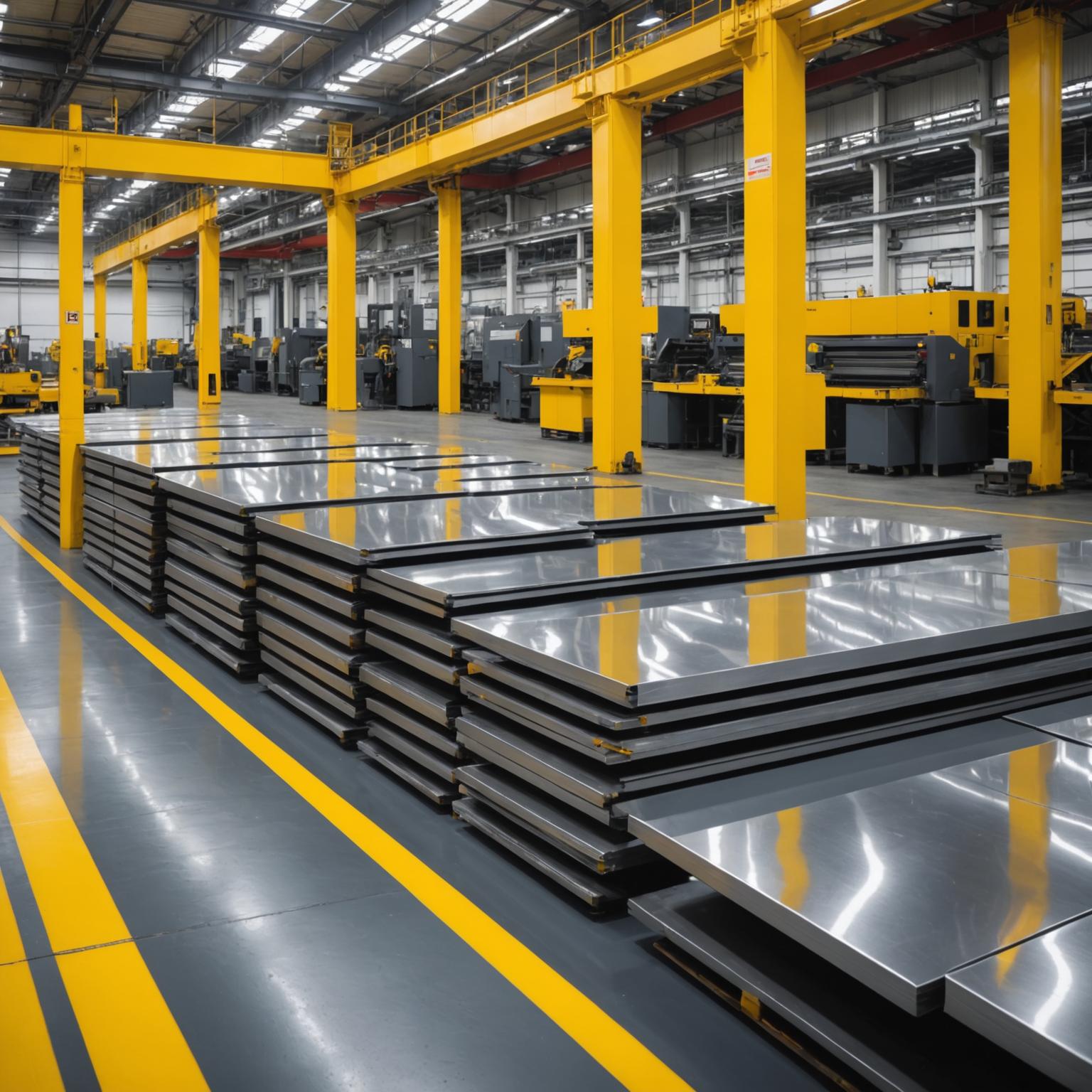
When it comes to advanced materials for modern industries, "medical stainless steel sheets" often stand out as a benchmark of sophistication, durability, and practicality. But what exactly makes them a preferred choice over other materials, and how do their variants such as 304 and 316 stainless steel stack up against each other? Designed primarily for high-performance applications, these stainless steel sheets feature exceptional characteristics like corrosion resistance, sleek finishes, and versatility to meet the rigorous demands of various industries.
In this article, we delve into the comparative strengths of medical stainless steel sheets, including the highly sought-after grades of 304 and 316. Whether you're engaged in architectural design, medical equipment fabrication, or high-quality kitchen appliances, understanding these materials in detail will help you make an informed decision.
Composition and Resistance: 304 vs. 316 Stainless Steel
Medical stainless steel sheets, as a class, are prized for their corrosion resistance and durability. However, the type of application often determines whether you should choose 304 or 316 stainless steel.
304 stainless steel sheets are crafted with chromium and nickel as their primary alloying elements. They are cost-effective, easy to fabricate, and exhibit commendable corrosion resistance. Their ability to resist standard environmental corrosion makes 304 stainless steel sheets an excellent choice for kitchen countertops, appliances, and elevator panels.
On the other hand, 316 stainless steel includes the addition of molybdenum, which significantly enhances its resistance to pitting and crevice corrosion—a critical property for applications exposed to high salinity environments, such as marine equipment or medical devices. While 316 sheets are typically pricier, their exceptional performance in challenging environments often justifies the cost.
Aesthetic Appeal and Finish
Aesthetics also play a vital role in choosing between different stainless steel sheets, especially for visible applications such as interior design or architectural accents. Both 304 and 316 stainless steel sheets feature a polished surface with a mirror-like finish that suits high-end commercial and residential installations. This reflective surface brings a sophisticated, modern feel to spaces like kitchens, office interiors, or luxury partitions.
The polished, glossy appearance of these medical stainless steel sheets adds another layer of utility by reducing dirt accumulation and making cleaning a breeze. For industries like food production or healthcare, where hygiene is paramount, this easy-to-clean surface is invaluable. While both grades deliver standout aesthetics, the added corrosion resistance of 316 stainless steel could be the deciding factor in more demanding environments.
Versatility Across Applications
Another cornerstone of medical stainless steel sheets' appeal lies in their versatility. Whether it's tailored for large-scale manufacturing or custom-designed projects, these sheets seamlessly integrate across a broad range of applications. For instance:
- **304 stainless steel sheets** are particularly favored in commercial kitchen setups, furniture design, and industrial machinery due to their durability and ease of handling during fabrication.
- **316 stainless steel sheets**, thanks to their molybdenum alloying, are indispensable for applications requiring high structural integrity under harsh or corrosive conditions. Think medical implants, pharmaceutical equipment, or marine components.
Because these sheets come in uniform thickness and precisely cut dimensions, they are straightforward to incorporate into both standard and specialized projects. This level of adaptability ensures that professionals from varying industries can rely on these products to meet their unique requirements.
Sustainability: A Green Material
Sustainability is another key differentiator when considering medical stainless steel sheets. Both 304 and 316 stainless steel are fully recyclable, which aligns them with eco-conscious initiatives across industries. Manufacturing facilities also adopt practices that minimize waste, conserve energy, and reduce environmental impact. Their long lifespan further reduces the need for frequent replacements, making them an eco-friendly choice for those looking to build sustainable futures.
While the benefits of recyclability extend across both grades, the enhanced resistance to wear and chemical degradation in 316 stainless steel gives it a slight edge when longevity is a primary concern. If you're designing a structure or product intended to last for decades, this enhanced durability becomes a critical factor.
Precision and Quality Control
One of the overlooked yet crucial advantages of medical stainless steel sheets is their consistency in quality, achieved through rigorous precision manufacturing processes. Advanced equipment like hydraulic presses and precision rollers ensure uniform thickness and flatness, factors that are vital for large-scale industrial and architectural projects.
Both 304 and 316 grades maintain the industry's highest standards in flatness and dimensional accuracy, allowing for seamless assembly and efficient production workflows. This precision is especially evident in applications involving intricate designs, such as automotive or aeronautical components, where tolerances are often unforgiving.
Conclusion: Which One Should You Choose?
In summary, the choice between 304 and 316 stainless steel sheets boils down to your specific application and environmental conditions. If you're working on general-purpose projects that demand excellent durability, affordability, and aesthetics, 304 stainless steel sheets are a solid choice. They excel in environments with minimal exposure to corrosive elements and offer exceptional versatility for everyday applications.
Conversely, for projects located in harsher environments or requiring stringent durability and corrosion resistance—such as medical devices, pharmaceutical equipment, or marine engineering—316 stainless steel sheets stand out as the ideal solution. Their added molybdenum content ensures unparalleled structural integrity, even in the harshest conditions.
Whichever option you choose, you can be confident that both 304 and 316 medical stainless steel sheets represent the pinnacle of modern material technology. Engineered with precision, designed with style, and geared for sustainability, these sheets are more than just metal—they are the future of innovation across diverse industries.



